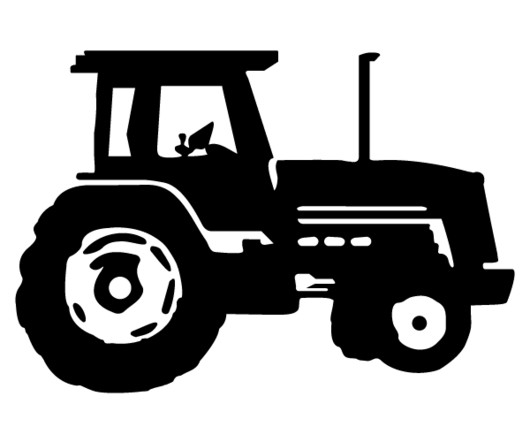Cotton and Wool Producers Invited to Apply to Climate Beneficial Fiber Program
ATTRA
NOVEMBER 13, 2023
Growing concerns about textile-derived microplastics, land-use impacts, “fast fashion,” and human rights have prompted an industry-wide shift to seek natural fiber sources with verified benefits to land and climate.















Let's personalize your content